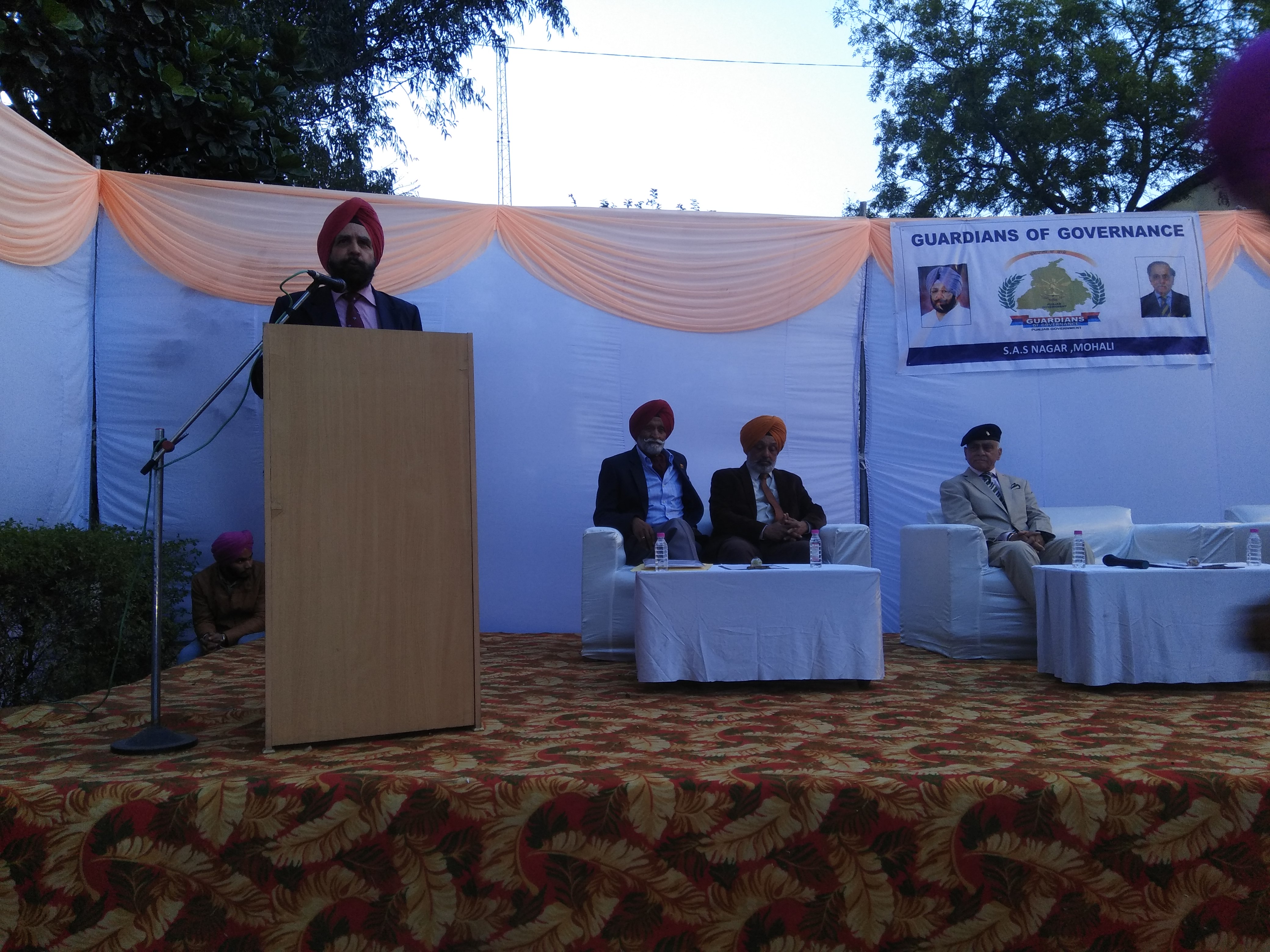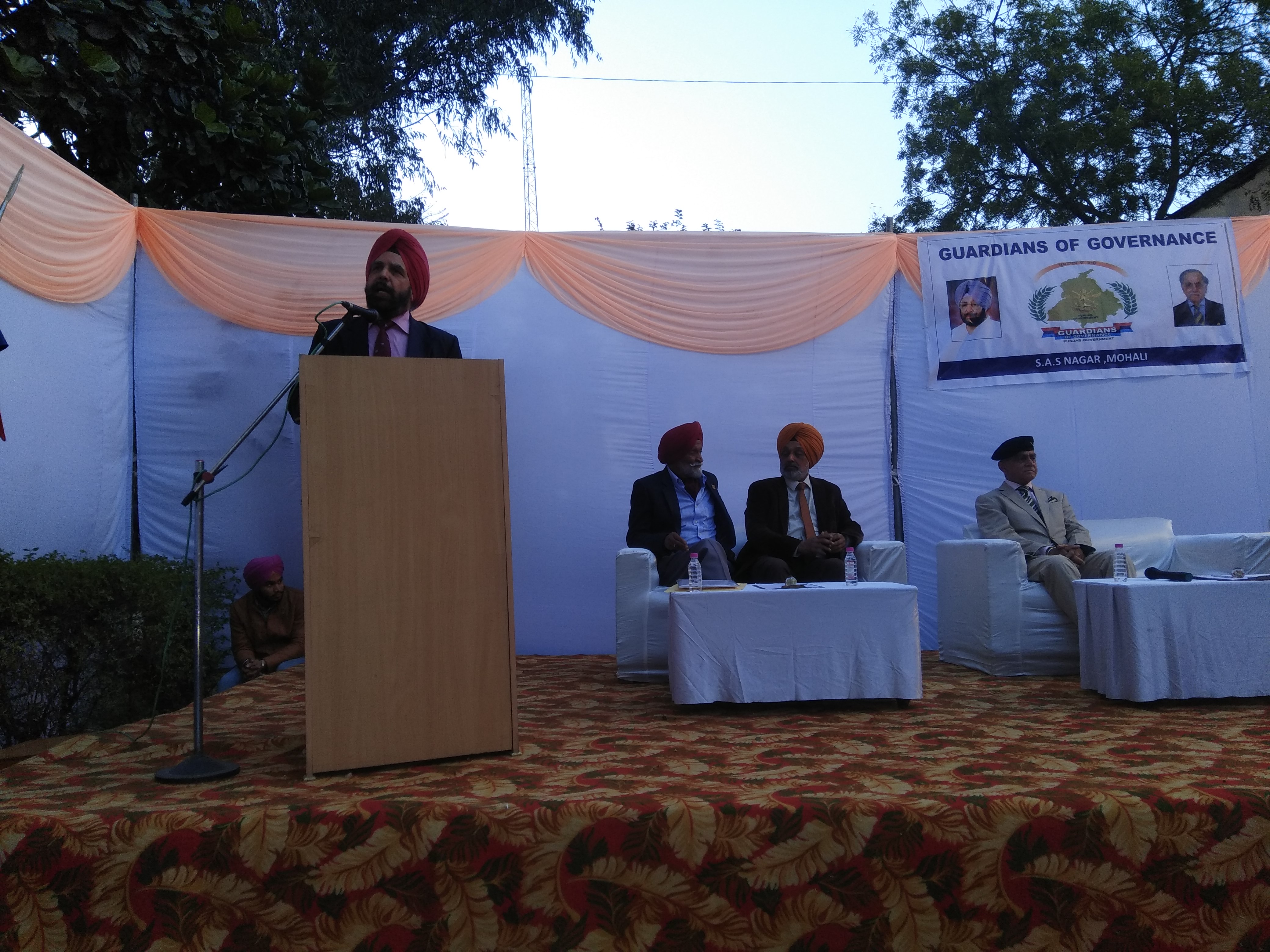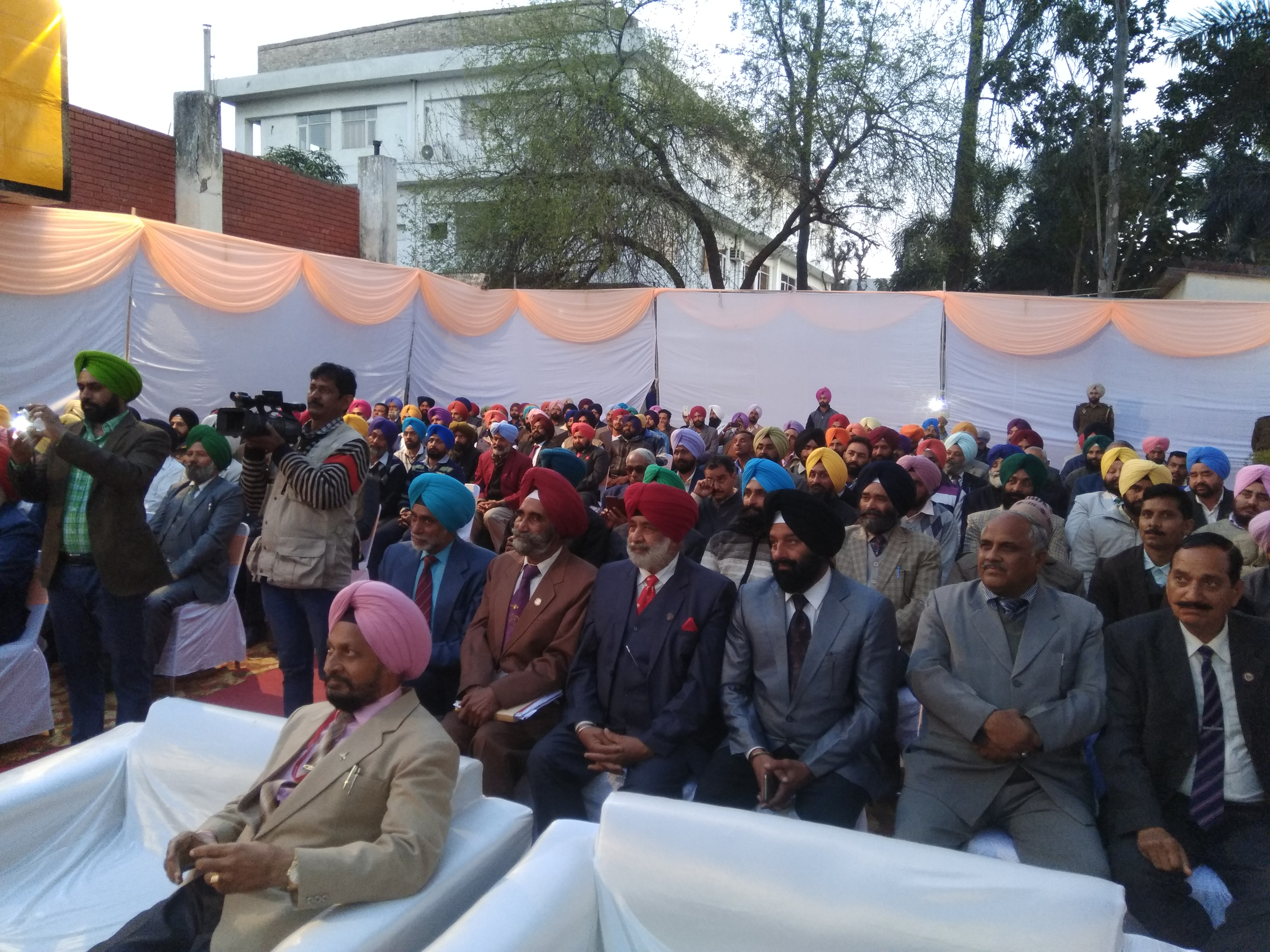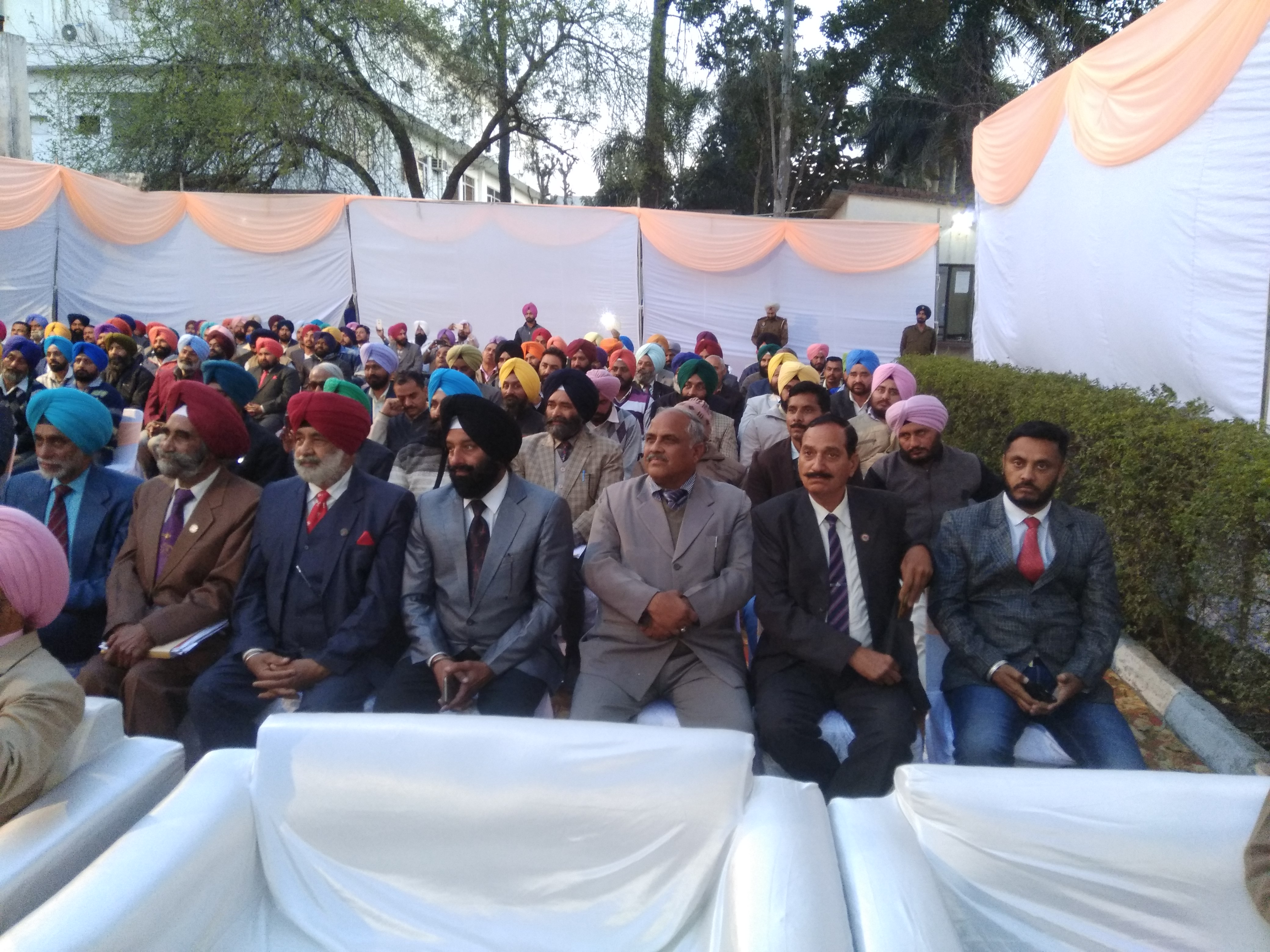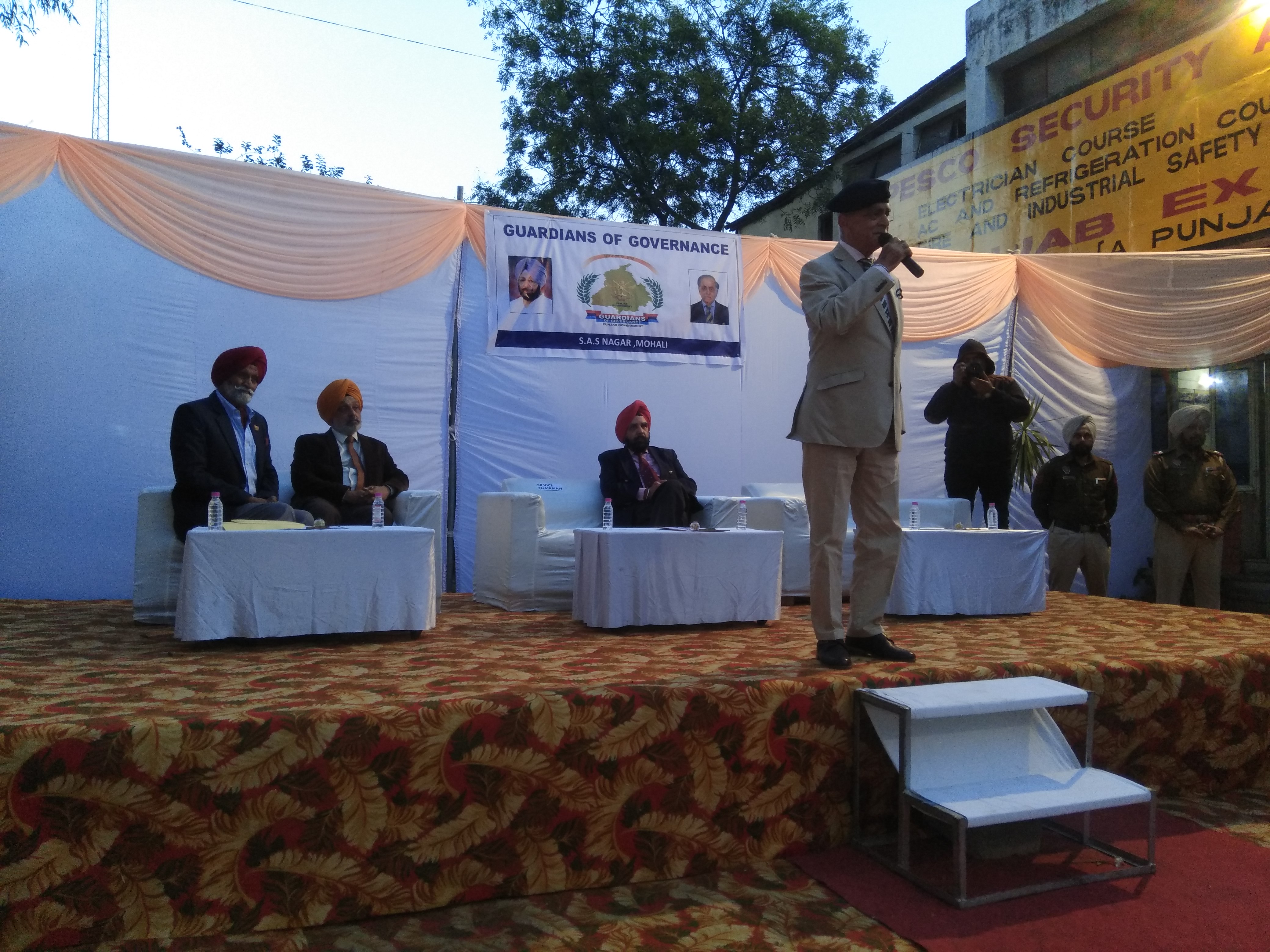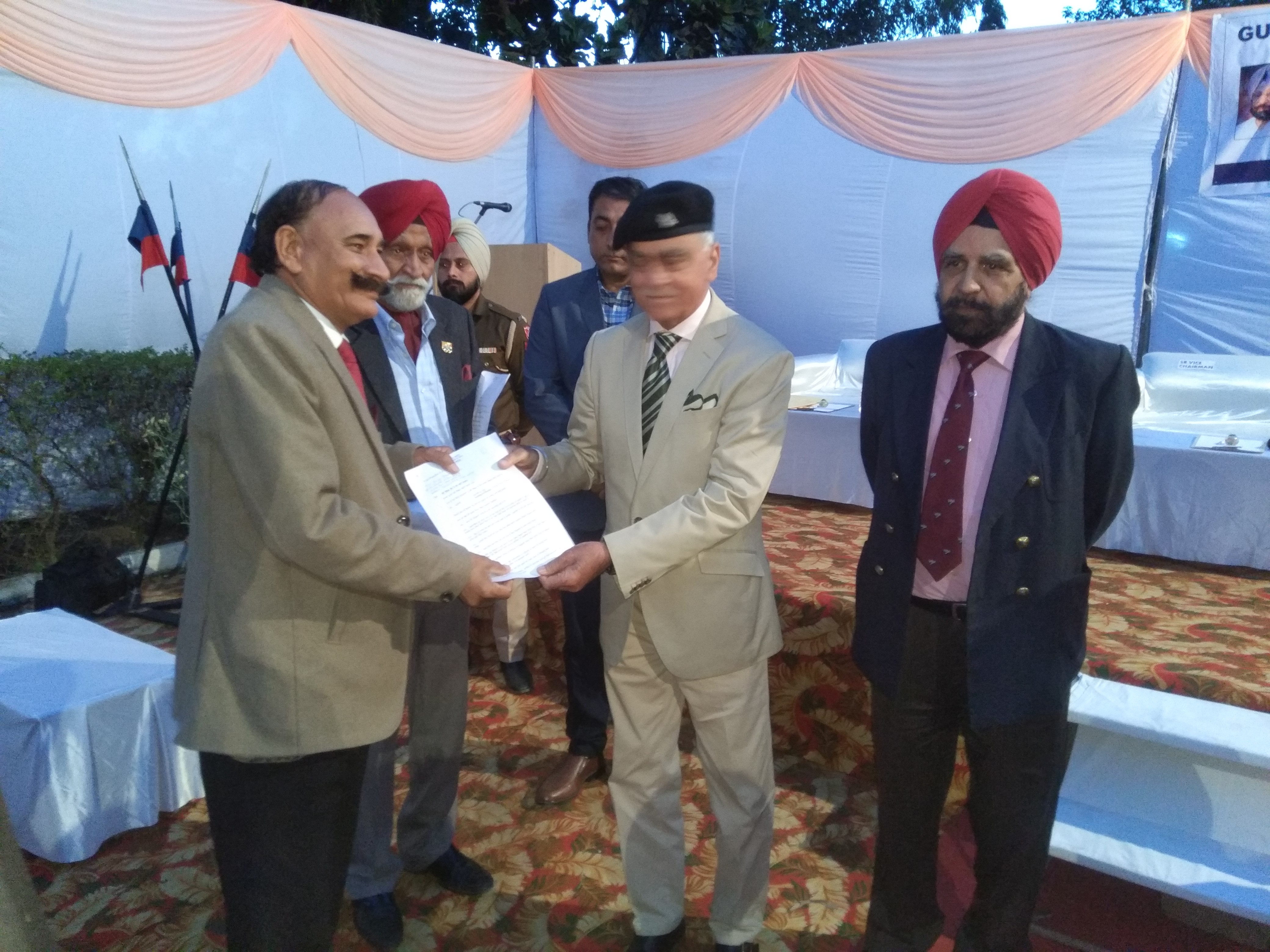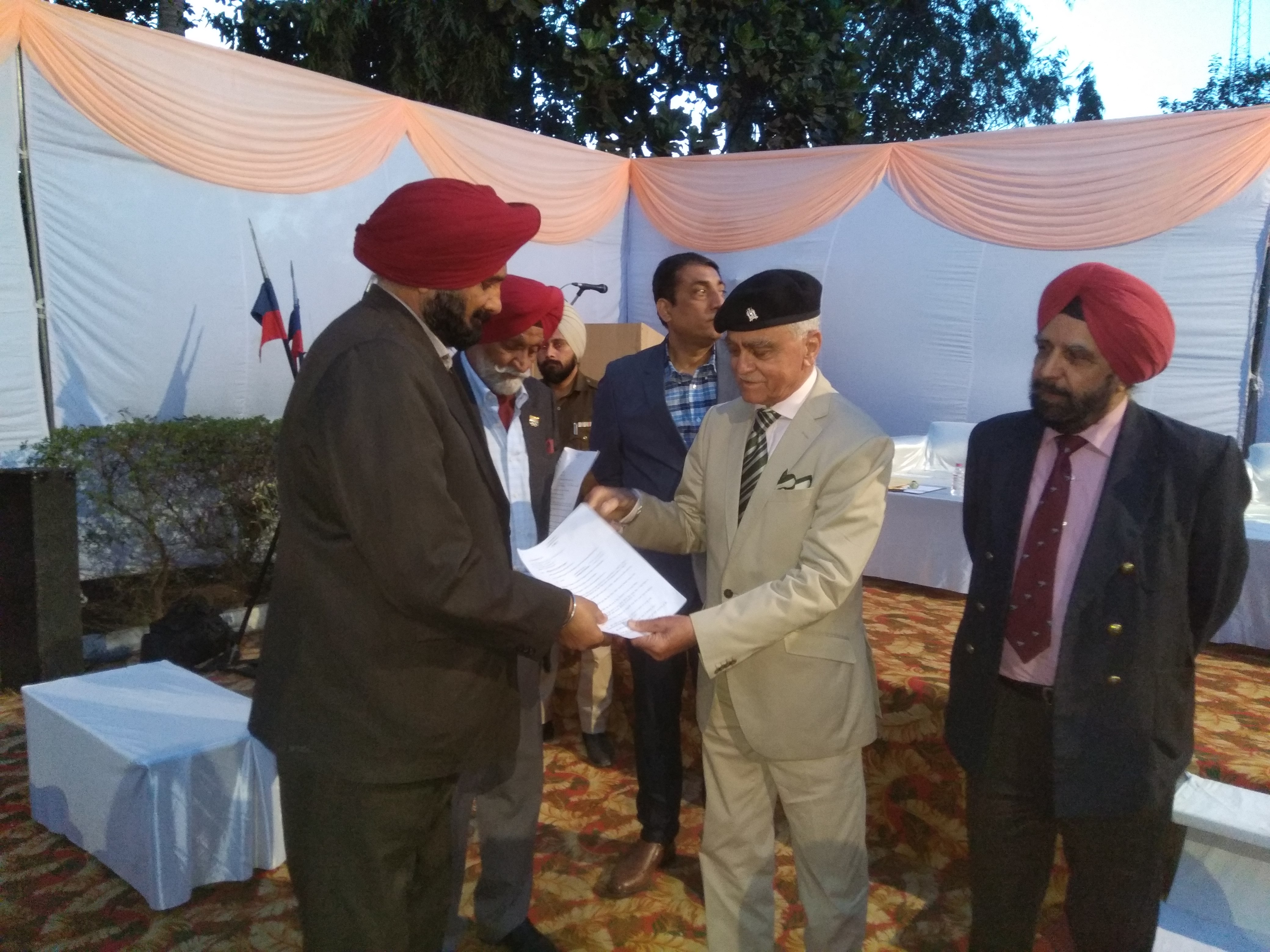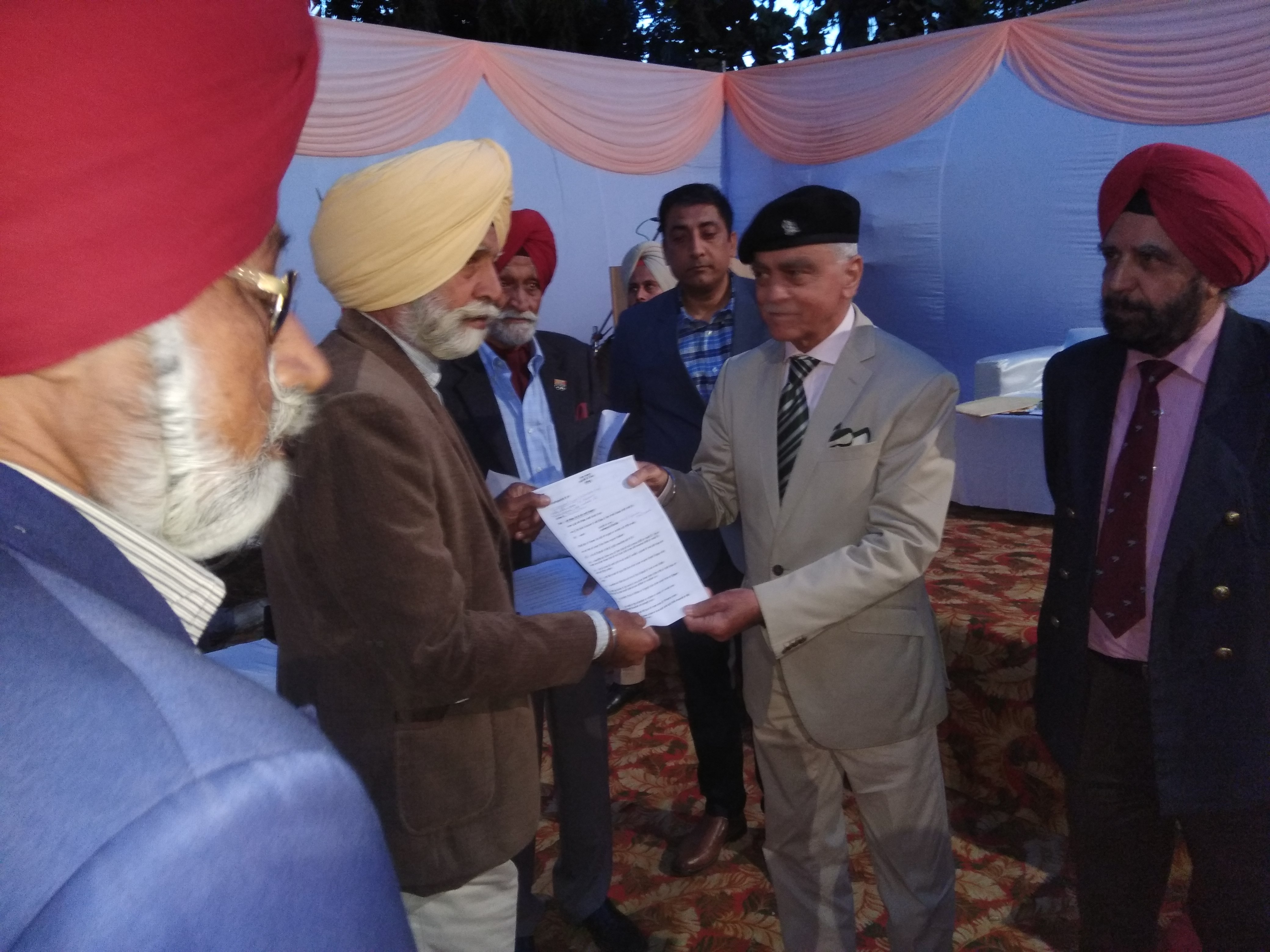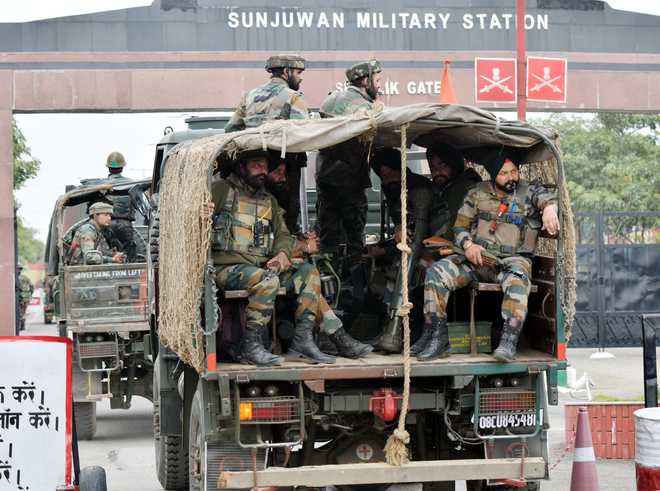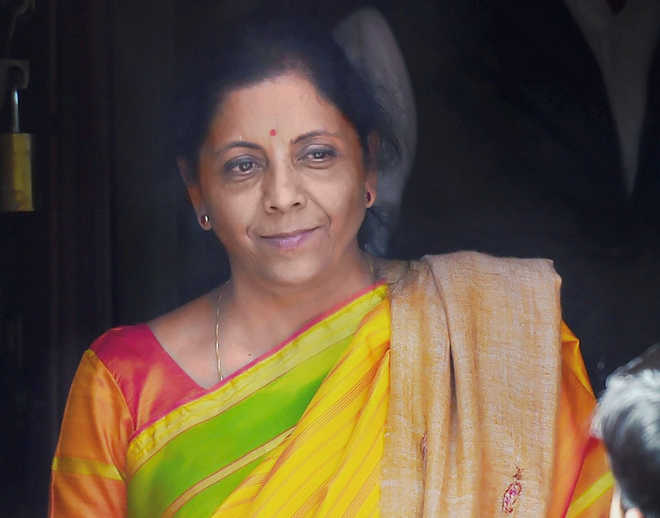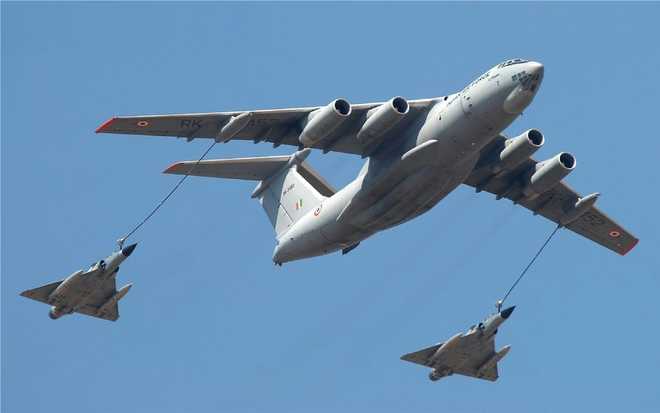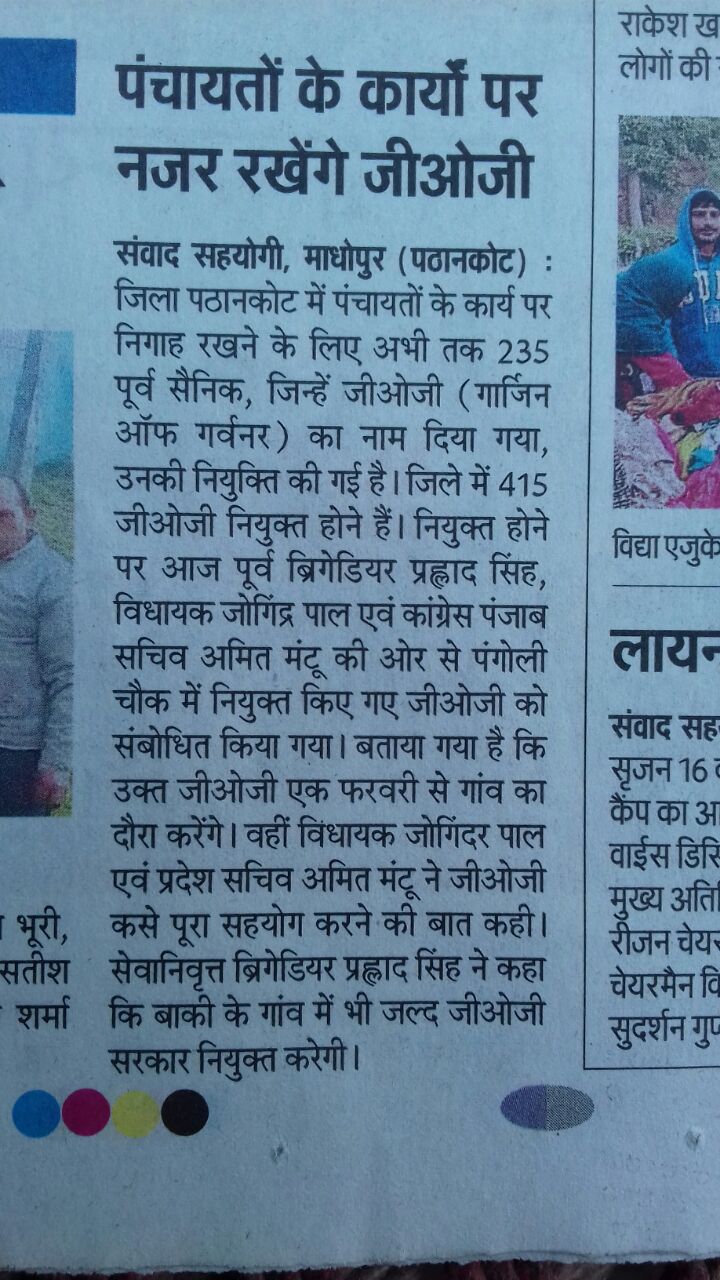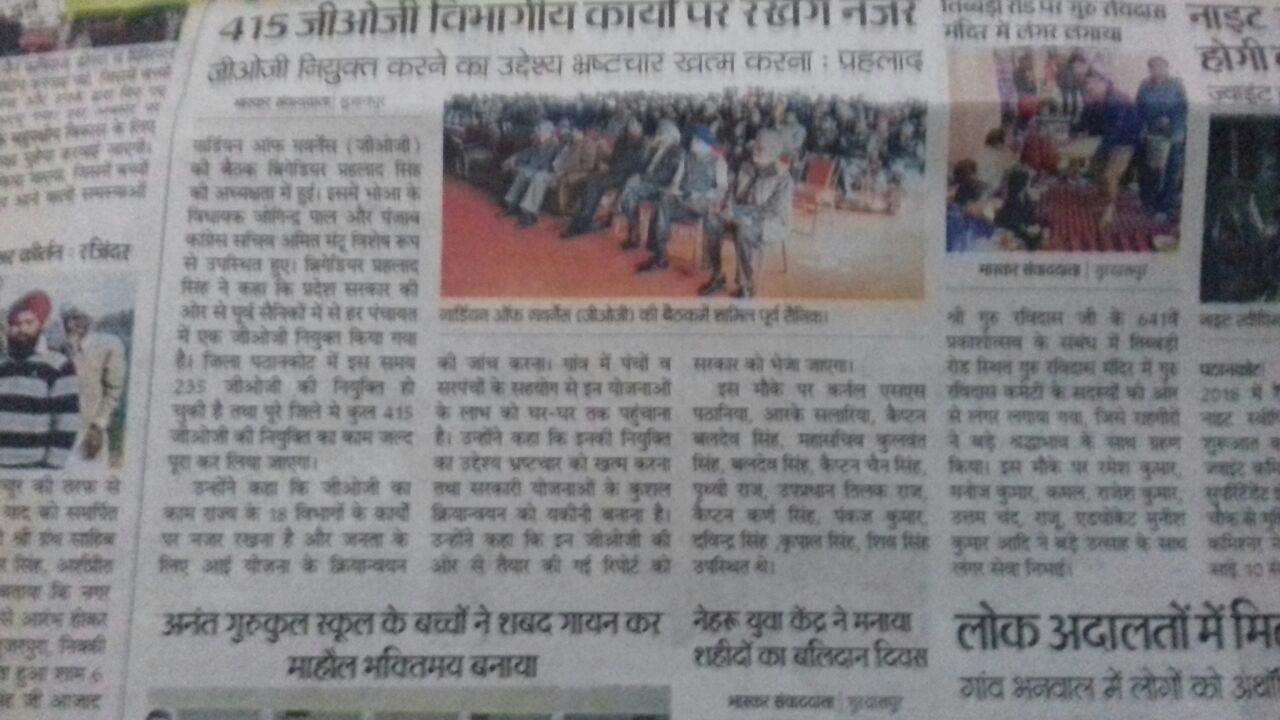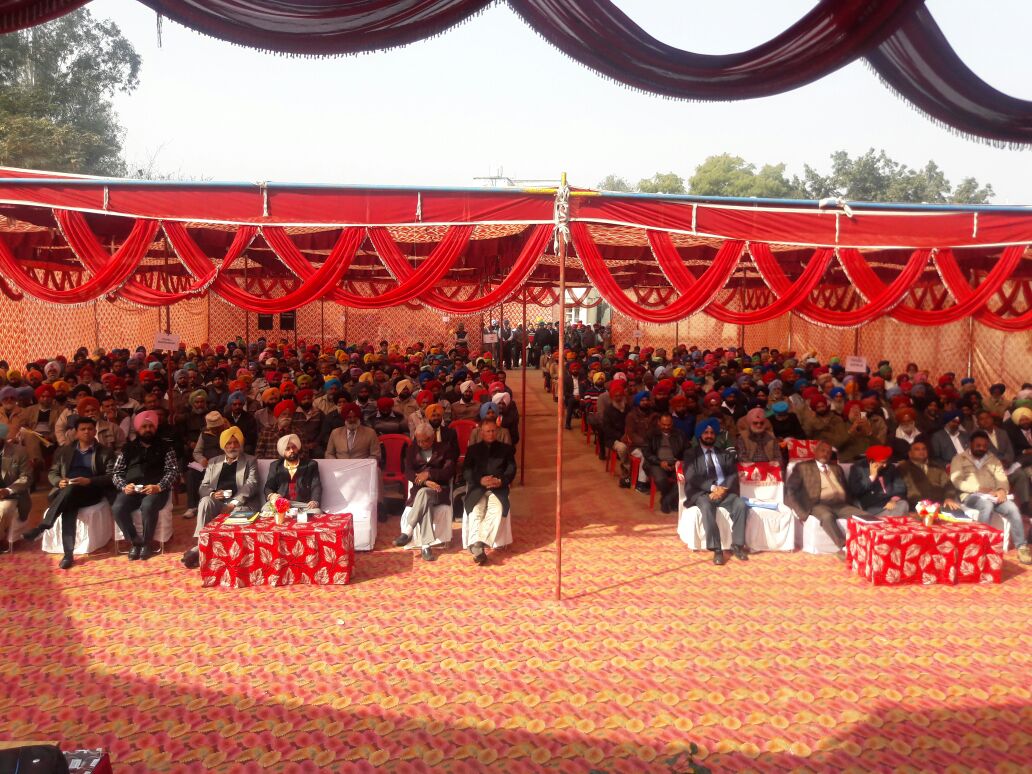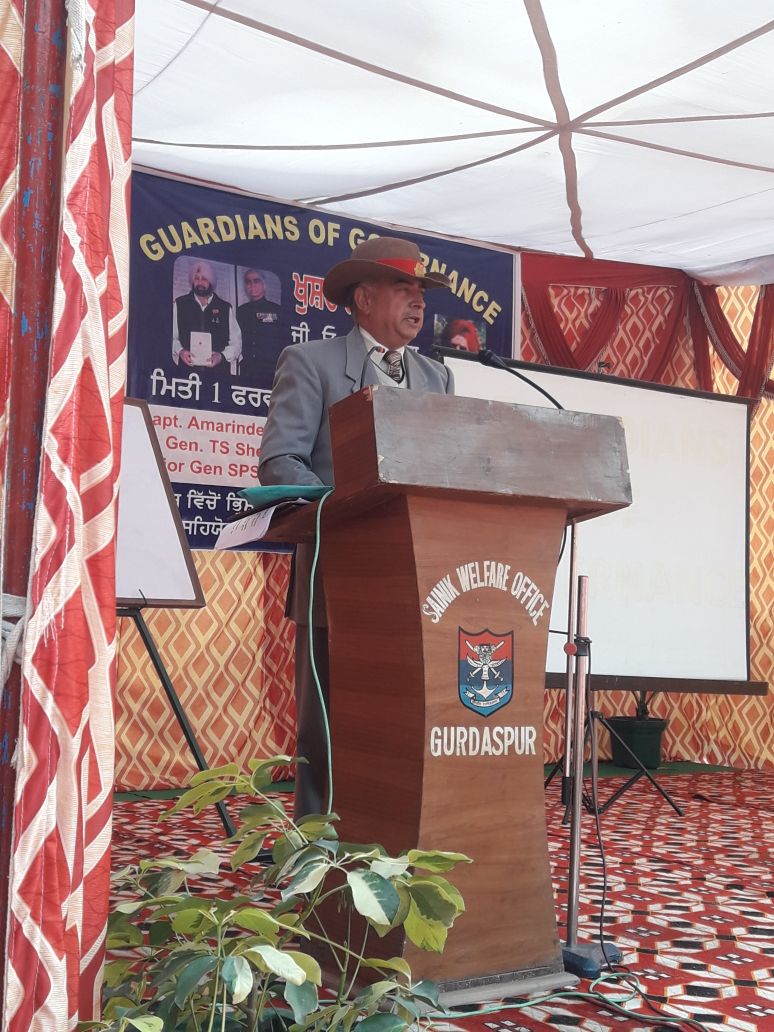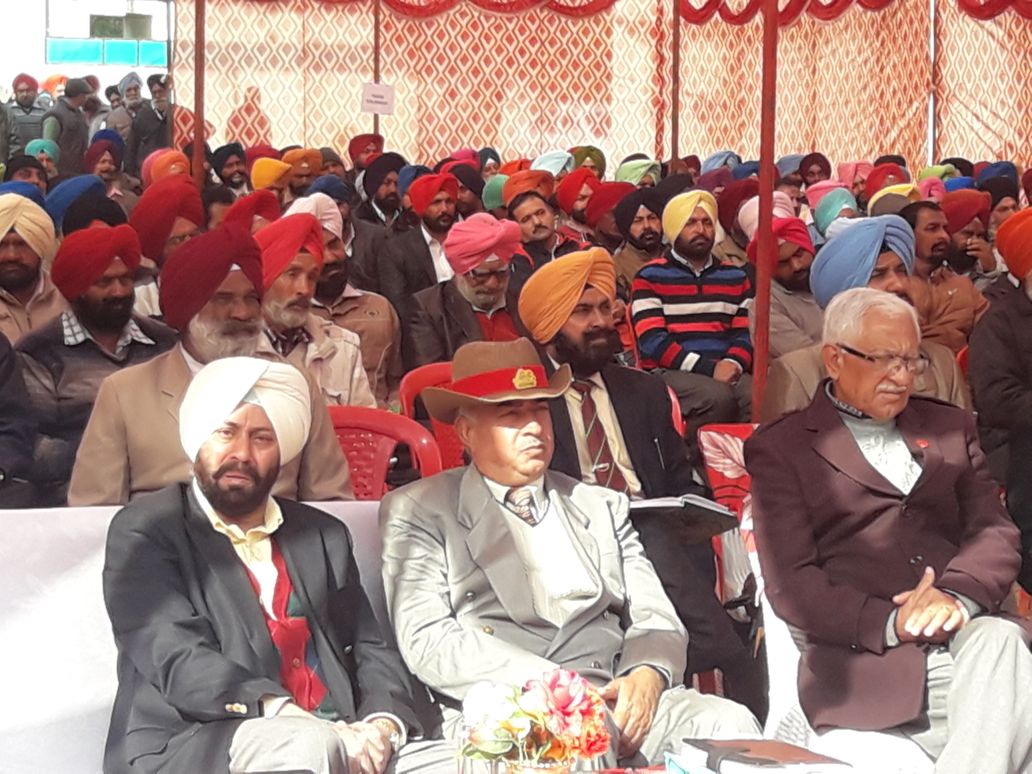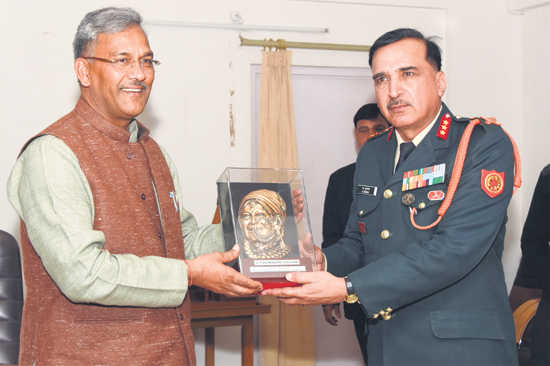AFSPA is in place in J-K. The FIR against the Army personnel, acting in self-defence, has been perhaps done under political pressure. But it sends a wrong message.
Lt-Gen Harwant Singh (retd)
Former Deputy Chief of Army Staff When the Armed Forces Special Powers Act (AFSPA) is in place, for initiating any action against the military, while it carries out assigned duties, sanction from the Central government is essential. This is so because of the nature of the prevailing environment, level of insurgency and the fact that the situation is grave and well outside the capacity of police to control that the military is called in. The military is able to handle such situations — not that it is better armed than the police for handling such contingencies — because of the salutary effect the military it has on unruly crowds. This is so because the military is required to deal with such situations firmly and take proper action when required. Thus, the military does not fire in the air to control mobs. When absolutely necessary, it fires the minimum number of bullets to incapacitate rather than kill miscreants. In the recent case of the military opening fire on a violent mob in Shopian district of the Kashmir Valley, where two miscreants were killed and another injured, the police has filed an FIR against the military unit. The mob had indulged in stone-pelting, attacked military vehicles and personnel, wounding a few, and attempted to snatch weapons from soldiers. That had left no option for the military other than to use force. When a violent mob goes as far as to attack military personnel, tries to snatch weapons from soldiers, troops have to resort to firing. To halt the on-rushing attackers, there is little time to aim the weapon to merely incapacitate them. Even so, minimum force is used, as in this case.Once during the late 1990s, on noticing a funeral profession approaching, a convoy of four military vehicles was halted by the convoy commander and vehicles parked on one side to let the funeral procession pass. Sentries were positioned next to the vehicles. As the procession came close to these vehicles, some miscreant rushed forward and tried to snatch weapons from the sentries. Fire had to be opened due to which some miscreants died. The Governor wanted to hold a magisterial inquiry (it was the time of Governor’s rule), but the corps commander, Lt-Gen Zaki, insisted that, if required, only a military court of inquiry would be held.Given the general state of hostility of the local population towards the security forces, no reliable and truthful witnesses would be available during any court of inquiry. That is the reality in the Valley. Troops are operating in J-K under very difficult environments. In the Kashmir Valley, the population is alienated and political class keeps alive this climate of alienation and is ever ready to exploit local sentiments to its advantage. Separatist leaders have been having a free run in their anti-national activities and financing stone-pelters from funds received from across the border. Stone-pelters have also been interfering with troops’ actions while engaged in firefights with terrorists. Also, there are continuing attempts by Pakistan to keep the pot on the boil. The Indian military is fighting on two fronts in J-K. One, on the LoC against Pakistan’s attempts to push more terrorists across this line and otherwise keep this line alive through small arms and artillery fire and two, fighting with those who manage to infiltrate, local terrorists and stone-pelters. The military, when deployed to restore law and order, relies essentially on its salutary effect on unruly mobs. It is this one factor which comes into play and often the army is able to control an adverse situation without having to resort to use of force (fire in this case). However, when the army is constantly or too frequently employed on such tasks as is the case in the Kashmir Valley, then that salutary effect is lost. After all, familiarity breeds contempt. The Army’s undertaking, ‘Sadbhavna’, where troops often undertake tasks such as making playfields for schools, drainage in villages and a range of similar activities, has further lowered it salutary effect with possibly no other gain, which is too obvious to miss: for a keen observer. There is enough state and central police available in the country and, as such, there should be no requirement to call the Army. Unfortunately, the civil administration collapses at the first sign of trouble. One saw this during Jat agitation, then again during the arrest of Ram Rahim and now Karni Sena has proved this point in more than one state. The only advantage the Army has over the police, state and central, is its discipline, willingness to accept risk during counter-terrorist operations and its leadership operating upfront. After all, for such tasks, the Army is no better armed than state and central police. The Indian government has had no definite and firm policy to resolve pending issues of J and K, which have continued to sustain this anti-national atmosphere. Sustained pampering of the population, through faulty policies and dishing out a range of sops, has resulted in the current state of affairs. The recent amnesty offered to the stone-pelters has merely encouraged them and others to continue to indulge in this activity against the security forces. The point that these stone-pelters directly interfere with the security force’s engagement with terrorists is a serious violation of law and calls for stringent legal action and not amnesty. Political expediency, poor administration and weak-kneed policies of the Central government and failure to come to grip with the root causes of this continuing state of affairs are the underlying factors leading to the current state of affairs. The inability of the administration to instill the fear of law amongst the local population, rampant corruption and exploitation of anti-national sentiments by the political class continue to prevail. Nothing stands more to sustain this argument than allowing complete breakdown of law and order, resulting in the exodus of Pandits from the Valley. It was the time of Governor’s rule, which did nothing to restore order in the Valley, while the Central government remained a mute spectator. AFSPA is in place in J and K and for the police to file an FIR against the Army personnel, acting in self-defence, preventing miscreants from damaging government property (military vehicles), snatching weapons from soldiers has been done perhaps under local political pressure. But this action by the police sends out an altogether wrong message. Though the BJP is a coalition partner in the government in J and K, along the way it seems to have lost the plot and its orientation. Today, unfortunately, there is no Chanakya to tell the nation and the Prime Minister that the day unruly mobs can snatch weapons from his soldiers, deployed to control them, then that day will be the beginning of the end of the Republic.













